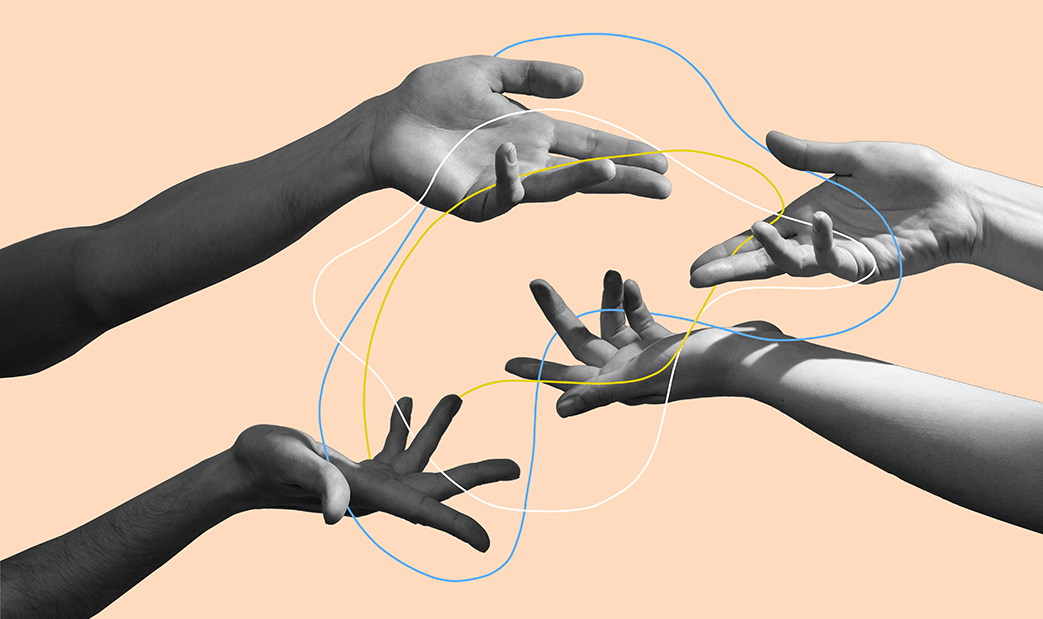Is your design for everyone?

Get inspired
At the 2021 Paralympics, the Brazilian Paralympic Committee team presented some changes to the uniforms. The fabric has become lighter and more pliable, making the task of putting on clothes much easier for athletes who do not have a lot of strength in their arms; zippers were added to the pants to facilitate the placement and removal of prosthetics and, in addition, all uniforms have the color identified in Braille. This gave space to a series of discussions and reflections on inclusive design. As the name implies, the term aims to make visual languages accessible to a greater number of different people. We are still far from achieving content accessible to everyone. As communicators, it is our responsibility to design resources that make accessibility real. However, how can we adapt? First, you have to understand who you are excluding. Will your product or your art reach different standards of people? Will everyone understand what you want to communicate?

Read, study and search
There is a lot of quality material available on the internet. Keeping up with blogs and content on the subject, such as Redesign Academy, Gaia (Autism Interface Accessibility Guide) and Bruno Pulis’s Blog, is a good start for those who do not understand anything about the subject.
Listen, talk and ask your user
Getting closer to people, understanding your user’s context and making it part of the process of creating your project is essential for you to broaden your audience.
Tools that can help you
There are many tools that can help you in your product development. Importantly, they do not replace testing with real users. Some extensions can simulate how content would be viewed by a colorblind person, such as Stark, Contrast for UI and Adobe Colors, for example.
It is time for change
The path is long and urgent. The time to start changing is now. Around here, we are working so that this reality becomes more and more palpable. Are you ready to build this path with us too?



